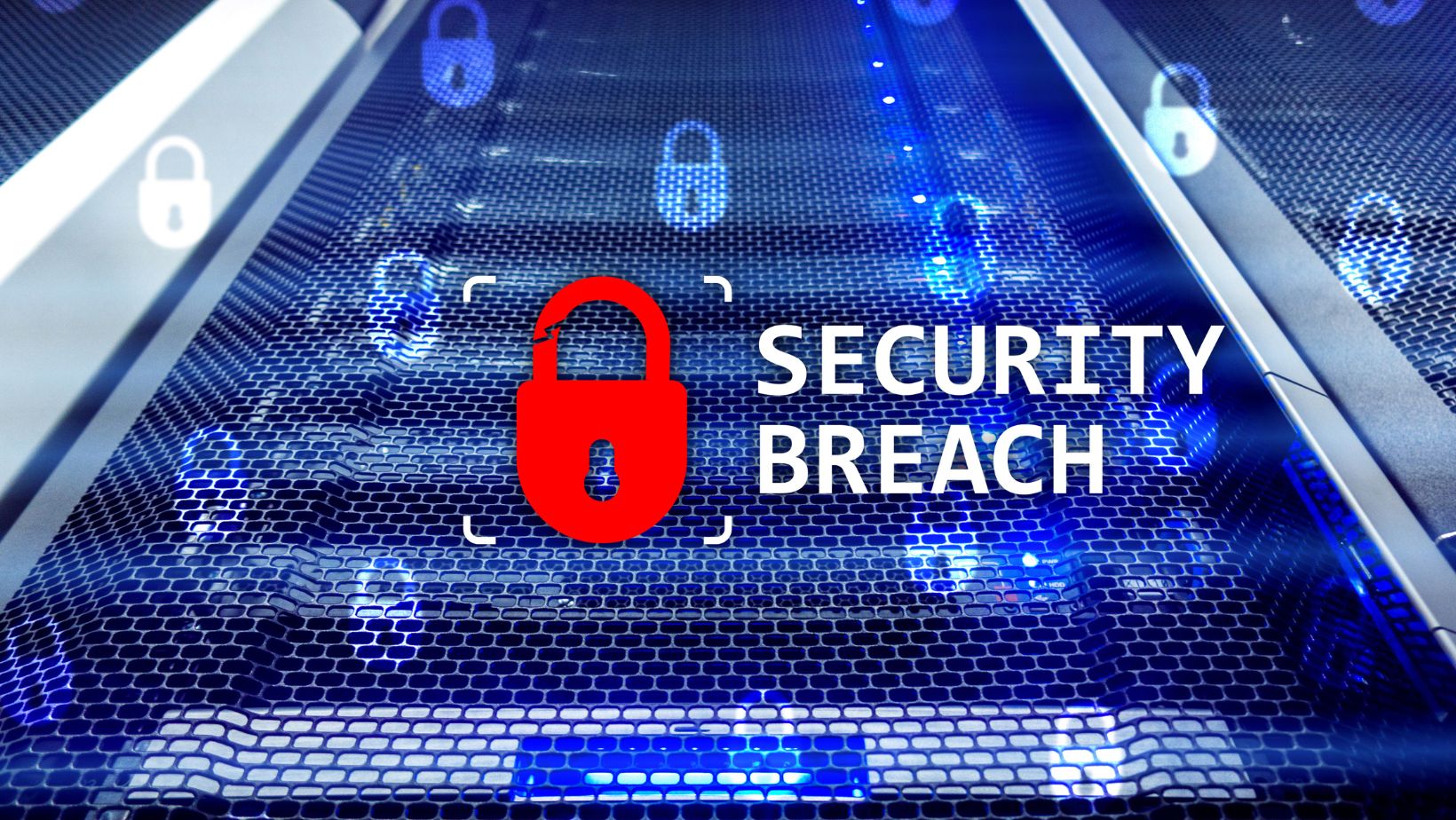
Preventing a data breach should be a top priority for your business. By following five clear steps, you can lower your risk and protect your company’s information, reputation, and customers. These steps are practical and fit businesses of any size.
Many companies face threats like hacking, phishing, and weak passwords. You don’t have to feel helpless or overwhelmed. You can take action right now to protect your business from costly problems and keep things running smoothly.
Assess Your Current Security Posture
Understanding your security strengths and weaknesses helps shut down gaps before attackers find them. You must know what information needs the most protection and where your current rules may need updates.
Conduct a Comprehensive Risk Assessment
Start by mapping out the risks your business faces. List all physical and digital assets, such as servers, computers, cloud accounts, and employee devices. Check which systems are open to the internet and who has access to what information.
Create a table to organize your findings:
| Asset | Possible Threats | Who Has Access | Risk Level |
| Email Server | Phishing, hacking | IT, employees | High |
| Payroll System | Insider misuse, malware | HR | Medium |
| Customer Records | Data theft, leaks | Sales, support | High |
Update this table every 6-12 months, or after any major change in your business.
Interview department heads to understand daily operations and spot where security may slip. Use these facts to rank which risks need fixing first.
Identify Sensitive Business Data
Sort your data into categories like personal, financial, health, and business secrets. Use bold labels or color codes to set apart what must be protected most. For example:
- Personal data: Names, Social Security Numbers, addresses
- Financial data: Bank records, credit card numbers
- Business secrets: Plans, contracts, product designs
Make a list of everywhere data is stored, such as file servers, notebooks, cloud drives, and USB sticks. Double-check old backups or archives.
Ask staff where they save or send sensitive files. Look for files that aren’t tracked or protected with passwords or encryption. Highlight any risky data flows, like sharing files by email or using personal devices.
Overview Existing Security Policies
Gather your written security rules, such as password policies, device rules, and data handling steps. Check if they cover remote work, cloud storage, or mobile devices, since many older policies do not.
Review how your policies match up to rules and laws like GDPR, HIPAA, or PCI DSS if they apply to you. Make a simple checklist to track gaps:
- Password complexity
- Multi-factor authentication
- Data encryption
- Secure file sharing
- Employee security training
- Incident response steps
Talk to your staff about security policies to see if they understand and follow them. Adjust and update your rules if you find outdated or missing steps. Post current policies where staff can easily find them.
Implement Strong Access Controls
To protect sensitive business data, you need clear rules about who can see or change information. Using more than one way to confirm someone’s identity keeps accounts safer. Checking permissions often helps you avoid leaving open access to people who no longer need it.
Establish Role-Based Permissions
Setting up role-based permissions means you pick what each person or group is allowed to do based on their job. For example, accounting should access financial data, while marketing focuses on campaign materials.
| Role | Access Level |
| Manager | All files and folders |
| Employee | Assigned folders only |
| Contractor | Limited access |
Only give people the access they need. This keeps your business safe from both mistakes and attacks.
Review roles when someone joins, changes jobs, or leaves. This way, nobody gets access by accident.
Enforce Multi-Factor Authentication
Multi-factor authentication (MFA) protects accounts by asking for more than a password. This could include a fingerprint, a text code, or an app notification. MFA is important because stolen passwords are common.
MFA can be set up through:
- Authenticator apps (like Google Authenticator)
- Text or email codes
- Biometric checks (such as fingerprint or face scan)
By requiring an extra proof of identity, you block many common attacks. Encourage staff to use MFA on all accounts with sensitive data—not just email. Make sure everyone knows how to use it and what to do if they lose access.
Regularly Update User Access Rights
People’s roles change, and some leave your company. You need to check and update user access rights often—at least every few months.
This prevents former staff, contractors, or interns from using old logins to reach your data. Make a checklist to follow when people leave or change jobs.
- Remove or adjust access within 24 hours.
- Review all accounts for unneeded privileges.
- Use alerts to catch new or unused accounts.
Keeping permissions up to date is a simple step that guards against both mistakes and security threats.
Educate and Train Your Employees
Data breaches often start with simple mistakes by employees. Teaching your staff about real threats and safe behavior helps protect your business’s sensitive information. Everyone in your company should learn the basics of cybersecurity and practice smart habits.
Develop Ongoing Cybersecurity Training Programs
You must provide regular training sessions for all employees. This means teaching them how to spot suspicious emails, protect login credentials, and use secure passwords. Update your materials as new threats appear or rules change.

Training should cover specific examples, like how to recognize fake websites or emails that request personal data. Include simple checklists for employees to follow. Make sure everyone knows who to contact if they notice something unusual.
Consider using short quizzes or short videos to help people remember important tips. Repeat training often so skills stay fresh. Set clear rules and review them with new hires as part of the onboarding process.
Simulate Phishing and Social Engineering Attacks
Regular simulations help your team practice what to do when faced with fake emails or requests for information. These tests show which employees understand the risks and who may need more guidance.
A table can help track progress:
| Month | Phishing Success Rate | Follow-up Training Needed |
| January | 20% | Yes |
| April | 10% | No |
| July | 5% | No |
Send fake phishing emails and see how employees respond. Review results and give feedback on what actions should have been taken. This hands-on practice builds awareness and confidence.
Encourage staff to report anything suspicious right away, even if they are not sure. Fast reporting helps you respond quickly and lessen possible problems.
Monitor, Test, and Respond to Threats
Protecting your business from data breaches takes more than just security software. You must watch for problems, test your systems, and have a clear plan for when something goes wrong.
Implement Continuous Network Monitoring
Continuous network monitoring means checking your systems all day, every day for strange activities or threats. It is important to use automated tools that send alerts if they find anything suspicious, such as unauthorized access or large data transfers.
You can use security information and event management (SIEM) systems to gather and study data from your devices. These systems look for warning signs like failed login attempts or unexpected changes.
Automated red teaming helps test your defenses by simulating real hackers. This shows you how well your system can spot and block threats in real time. With these tools, you catch problems early and react quickly.
Schedule Regular Vulnerability Assessments
Vulnerability assessments help you find weak spots in your network, computers, or software before someone else does. Run these checks on a schedule—at least every few months, or after big changes to your system.
Use both automated scanning tools and manual testing. Automated tools can check thousands of settings very quickly. Manual reviews dig deeper into special risks, like custom software or unique business processes.
Automated red teaming can be part of this. It tests your security by copying a hacker’s moves. This helps you improve your defenses and fix gaps before they are exposed.
Make a list or table of threats and mark how serious each one is:
| Vulnerability | Risk Level | Action Needed |
| Outdated software | High | Update software |
| Weak passwords | Medium | Set strong rules |
| Open ports | Medium | Close or secure |
Establish a Data Breach Response Plan
A data breach response plan tells you and your employees what to do if a breach happens. This plan should include every step to limit damage and notify the right people.
You need clear rules for who is in charge during an incident. Write out who contacts your IT team, customers, or law enforcement. Keep instructions simple and easy to follow.
Test this plan at least once a year. Use tabletop exercises or automated red team drills to practice. This shows if your team can find and stop breaches quickly and lets you find areas to make the plan better.

Store the plan in a place everyone can reach, like a shared team folder, and remind staff to review it when there are updates. Proper training helps everyone know their role.















